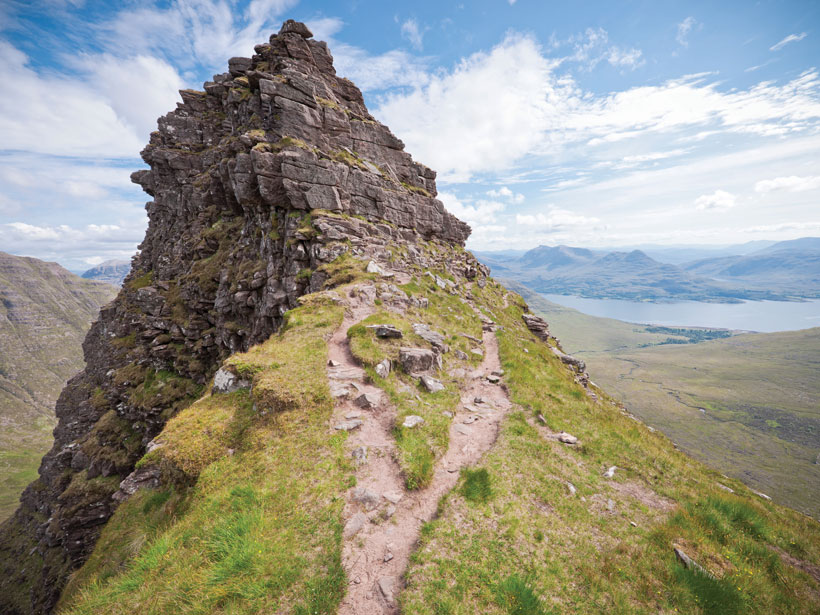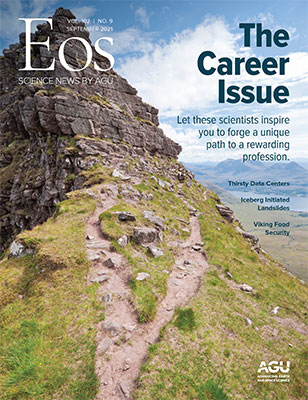A small business owner, a former U.S. Navy captain, and “the New York Times volcano guy” are just a few of the scientists whose stories you’ll find in this issue. The pathways to a scientific career are numerous, branching in many different directions from the most well-known road leading to an academic institution.
Our special September issue highlights 17 of these pathways; read the digital issue here. Fushcia-Ann Hoover is that small business owner who took her education in science and engineering and her passion as a “maker” and used them to launch an organization that offers consultation to communities on urban green infrastructure. Zdenka Willis, our military veteran, loved the challenge of transitioning the Navy to digital charts and went on to become the president of an international society that brings businesses, policymakers, educators, and others together to advance marine technologies.
Some of these scientists followed whatever path would connect them with the outdoors. As a child; Kristel Chanard dreamed of Himalayan expeditions. Today she’s checked off the Himalayas, the French Alps, and so many more summits to conduct her work as a research geophysicist for an institute in Paris. Darcy L. Peter wanted to stay closer to her Gwich’in Athabascan home. As an environmental scientist, she’s most proud of her ability to build relationships that connect Western science with Indigenous Knowledges. Meanwhile, Robin George Andrews traveled to the volcanoes of New Zealand to get his Ph.D. but found a better home for his passion in writing, becoming the go-to science reporter for some of the world’s biggest publications.
Our lives are increasingly complicated, and the challenges we face as a society are increasingly complex. We all benefit from scientific workforce development that is designed with flexibility and compassion.
Why follow a system when you can help create a better one? That’s what Aisha Morris asked herself before leaving academia and joining the National Science Foundation, where she gets to play a tangible role in creating a more diverse scientific community. Karen Layou, a geoscientist and professor at Reynolds Community College, is part of a movement to broaden participation in the sciences by highlighting the 2-year college pathway. And of course, there’s the system, and then there’s The System. Ashlee Wilkins’s passion for astronomy led her first to NASA and then to the U.S. House of Representatives, where she’s a professional staff member for the Subcommittee on Space and Aeronautics.
Before you head over to read about these inspiring pathways, flip first to this issue’s Opinion where the authors deftly describe this approach to modern career pathways as a “braided river,” eschewing the old model of a pipeline. Our lives are increasingly complicated, and the challenges we face as a society are increasingly complex. We all benefit from scientific workforce development that is designed with flexibility and compassion.
We hope you enjoy this issue and are inspired by the wide world of opportunities these scientists prove are available to everyone.
—Heather Goss (@heathermg), Editor in Chief, Eos
Citation:
Goss, H. (2021), Charting the paths to a scientific career, Eos, 102, https://doi.org/10.1029/2021EO162164. Published on 24 August 2021.
Text © 2021. AGU. CC BY-NC-ND 3.0
Except where otherwise noted, images are subject to copyright. Any reuse without express permission from the copyright owner is prohibited.


